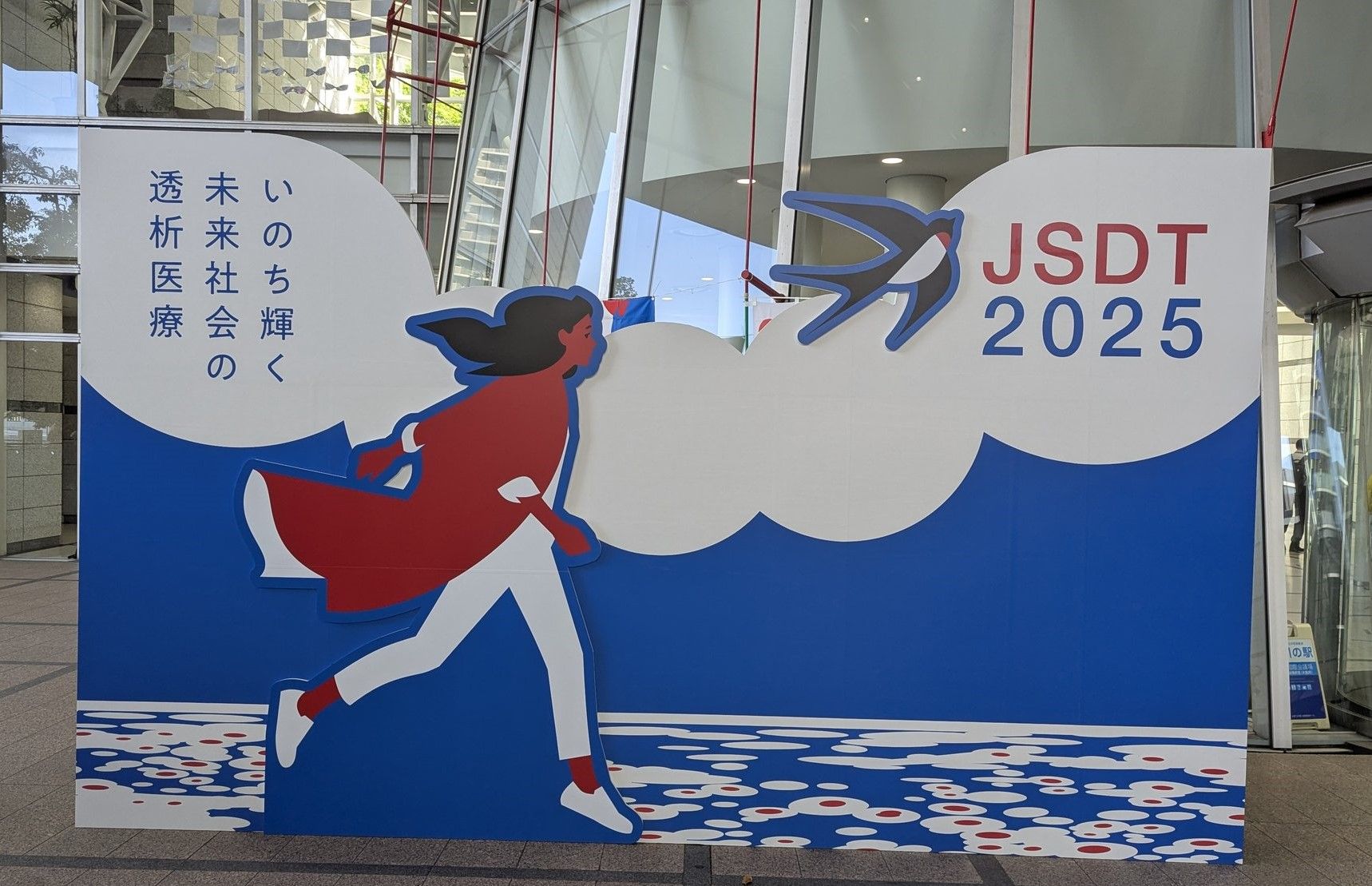Acute hemodynamic changes during far infrared treatment of the arteriovenous fistula in hemodialysis patients
Abstract
Background: The arteriovenous fistula (AVF) is the preferred vascular access for hemodialysis (HD) treatment and
preservation of a stable vascular access is crucial. Long term Far Infrared Radiation (FIR) has been found to increase
access flow together with an enhanced maturation and patency of the AVF. The acute effects of FIR on access flow have
been sparsely described and the results are contradictory, perhaps due to differences in measurement conditions and
other factors of importance for access flow.
Methods: Twenty patients in HD with an AVF were included. Each patient was randomized to receive either FIR
(FIR group) or no FIR (control group). The acute changes in access flow were investigated in both groups on the
second dialysis day of the week and during the first 1.5 h of the dialysis session. Concomitant changes in hemodynamic
parameters of importance for access flow were also explored.
Results: There was no significant change in access flow in the FIR group compared with the control group (median
(Interquartile Range)) (−10 (−413.8; 21.3) ml/min vs −17.5 (−83.8; 76.3) ml/min, p = 0.58). There was no significant
difference in any of the hemodynamic parameters between the FIR and the control group; cardiac output (−0.7 (−1.2;
−0.2) l/min vs −0.4 (−0.9; 0.1) l/min, p = 0.58), cardiac index (−0.3 (−0.5; −0.1)) l/min/m2 vs −0.3 (−0.4; 0) l/min/m2, p = 0.68),
mean arterial pressure (5.5 (−1.8; 8.4) mmHg vs 1.5 (−3; 6.3) mmHg, p = 0.35) and total peripheral resistance (2 (1.8; 3.4)
mmHg × min/l vs 1 (−0.3; 3.1) mmHg × min/l, p = 0.12).
Conclusion: In this trial, with a highly standardized set-up, one session of FIR did not result in any acute changes in
access flow. This was not due to differences in the hemodynamic parameters between the groups.
-J Vasc Access. 2023 Jul;24(4):739-746.
Want to know more?
Contact us for more detail





